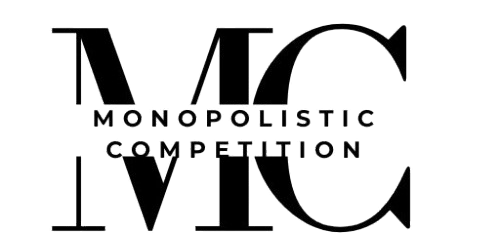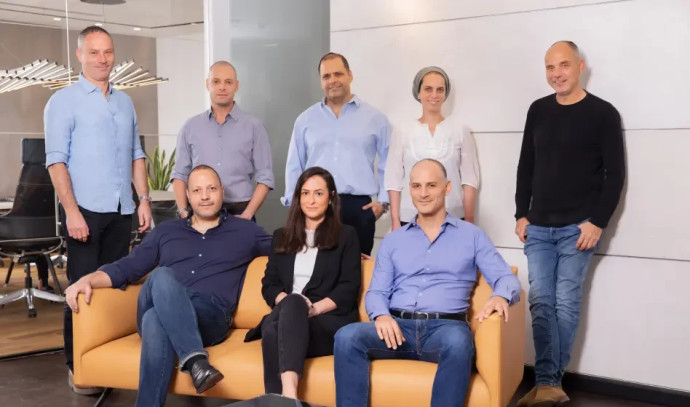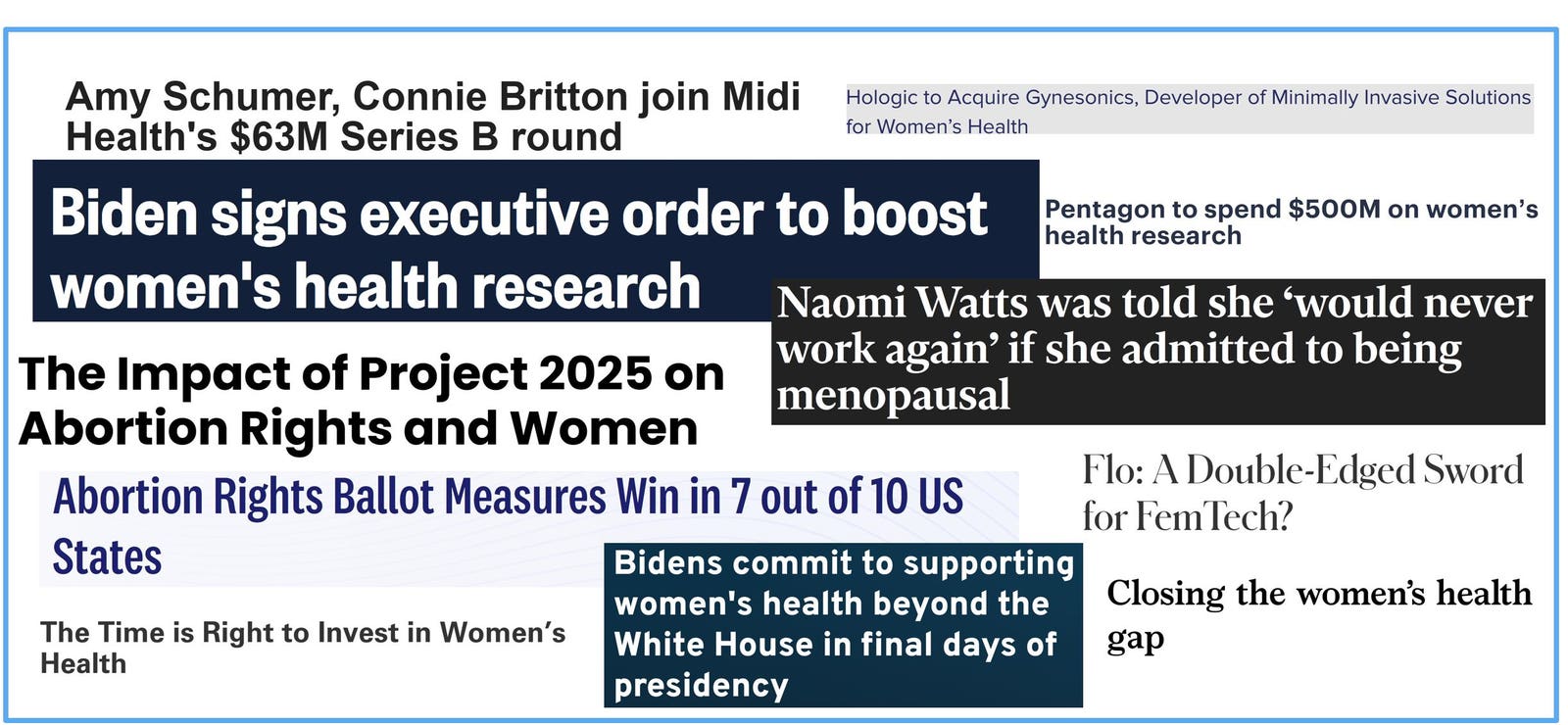The past two years have been challenging for founders of consumer startups hoping to sell their burgeoning businesses at a premium.
In the first half of 2024, globally, the amount of M&A in consumer declined 22% year over year, while the value of deals declined 4% year over year, according to PwC. There were some big promising deals announced toward the end of the year, like PepsiCo’s acquisition of Siete Foods for $1.2 billion. But other long-awaited exits didn’t come to fruition. Harry’s, which reportedly confidentially filed to go public in the spring, ended the year without an IPO.
As such, investment bankers are hoping for improvements in 2025. Overall, brand founders, investors and bankers are betting that the business environment will improve in 2025. The Federal Reserve is expected to issue two interest rate cuts in 2025. That should make it easier for consumer brands to access certain financing options like debt, though accessing venture funding remains challenging.
Additionally, investment bankers say that there has been an improvement in conversations around dealmaking toward the end of the year. They expect that to fuel an uptick a small M&A in the first half of 2025. And, the hope is that it will pick up even more in the back half of the year — though the jury is still out on that.
“Just anecdotally, we’re increasingly having conversations with parties who view 2025 as the right year to exit,” said Kenny Kraft, managing director of Houlihan Lokey. “I think the timing — whether that’s Q1, Q2 or later in the year, it always boils down to a couple of factors,” he added. These factors include how cooperative the market is, and when a business is best optimized to go to market, based on what kind of sales they had the year prior and what gains they reported this year.
The consumer M&A market over the past two years has been similar to a game of chicken. There have been a bunch of brands waiting on the sidelines, hoping to sell their business but waiting until market conditions improve so that they can catch the premium that they want.
This is due to a few reasons. For one, there are a number of consumer startups that raised venture capital funding in the heyday of Dollar Shave Club selling to Unilever for $1 billion in 2016. As such, there were a number of startups — like Allbirds, which launched in 2016 — that raised venture capital with the hopes that they could fetch a similar valuation.
However, subsequent startups failed to live up to their valuations. Allbirds reportedly hit a $1 billion valuation on the private markets but had a lackluster IPO when it went public in 2021. Now, it only has a market cap of $56.95 million.
Even if they weren’t expecting a billion-dollar exit, some of the startups that hoped to sell for hundreds of millions of dollars — or even tens of millions of dollars — have been in for a rude awakening over the past couple of years. The narrative has been that venture-backed consumer startups haven’t lived up to their valuation.
There are further challenges that could play out in 2025 as a result of that. There will likely be some startups that hold off on selling their businesses in the hopes that they could increase their sale price in 2025 who find out that that’s not the case.
Patrick O’Quinn, managing partner at investment banking platform Axcel, said he’s spoken to a few founders over the past few months showcasing a serious case of “founder fatigue,” and “now it’s really coming to a head.”
“They’re saying, ‘Look, we’re ready to move on — we’ve had a number of conversations with prospective acquirers, we know what the market is going to tell us,” he said.
This is playing out in the small- to mid-market side of M&A, which O’Quinn focuses on. Founders are realizing, “It’s hard growing a business from $5 million to $25 million and even if I do that, there is no giant exit at the end of it.”
Additionally, O’Quinn said those startups will be further pressured by the fact that fewer venture dollars are flowing into the consumer space.
Some consumer venture firms, meanwhile, have started focusing more on other sectors, like AI. Forerunner recently raised a new $500 million fund, and according to a note from founder Kristen Green, the new fund will focus on investing in “the next wave of category-defining businesses, where creativity unlocks new AI-driven experiences.”
“I think it’s going to be hard for early stage, physical consumer goods companies to command, you know, really high valuation, absent something special,” O’Quinn added.
That being said, O’Quinn said that there has been “a small uptick in enthusiasm and just sort of general confidence, on both the brand side and on the investor side” in the past four months. This has led to more conversations taking place around M&A. He attributes that to improvements in the macroeconomic environment.
If more brands are just now kicking off conversations now about going out to market, it will take a number of months for any deals to come to fruition. As such, O’Quinn doesn’t foresee a huge uptick in deals in Q1 or Q2. But “I do see a movement towards much more M&A in the back half of ’25 and beyond,” he said.
As Kraft from Houlihan Lokey, put it, several layers of uncertainty throughout 2023 and 2024 prevented many startups from making deals. Brands were waiting to see when inflation would subside, as rising prices and decreased consumer confidence made it more difficult for them to acquire new customers and grow sales.
Another cloud of uncertainty looming over the business environment was the 2024 U.S. presidential election. Consumer executives were waiting to see who would get elected and, in turn, what business environment they would usher in.
Now, “an election is behind us,” Kraft said. “We’ve seen an interest environment that has improved, obviously, with Fed rate cuts in September and November.” And, consumer confidence is improving, though it’s not “not nearly what it was back in 2021.”
He’s one of many investment bankers who expects to see an uptick in M&A in 2025. “One of the pieces of advice that I regularly give my clients is to be mindful of market windows and be ready to opportunistically seek them out when you find a cooperative market window,” Kraft said. “We are certainly seeing an increased level of attention being paid to transactions that do get done in the market and lots of prospective sellers trying to better understand the buyer landscape and the valuation dynamics of those transactions.”
The overall sentiment is that an improved economic landscape should lead to more players looking to make deals with consumer brands. This should benefit consumer brands looking to sell in 2025 — or, perhaps, better position themselves for an exit in 2026.
This may not lead to a huge swell of exits right away. But, in last few months of 2024, more green shoots seem to have emerged. Andrew Dunst, managing director at the Sage Group, said that anecdotally, he has seen more lenders express interest in working with middle-market companies.
Over the past two years, Dunst said, lenders have focused more of their efforts on “resilient bets.” In practice, that meant courting large, established businesses, not up-and-coming consumer startups.
However, he added, “We’ve definitely seen the lending markets open up in a big way over the last number of months, and we’re not only seeing more lenders participate in processes but also seeing the terms be much more competitive and compelling for private equity owners and for business owners.”
“For all those reasons, we’re definitely more optimistic about the prospects of M&A in 2025,” Dunst concluded.











Leave a Reply